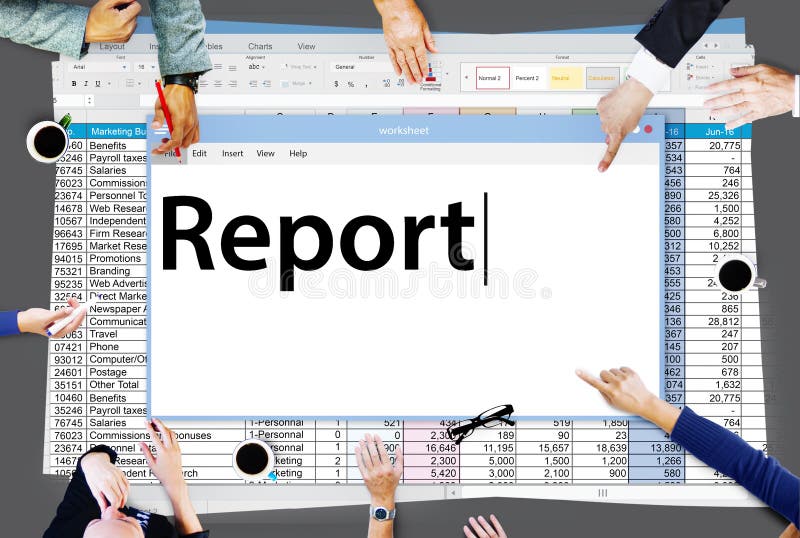Key Components of Effective Reporting Systems
Successful reporting platforms incorporate several essential elements that distinguish them from basic data presentation tools. Data visualization capabilities form the foundation, transforming numerical information into charts, graphs, and interactive dashboards that reveal patterns and trends not immediately apparent in raw data formats. Advanced filtering and segmentation features allow users to customize reports based on specific criteria, time periods, or organizational divisions.
Integration capabilities represent another crucial component, enabling seamless connection with existing business systems including customer relationship management platforms, enterprise resource planning software, and financial management tools. Real-time data synchronization ensures that reports reflect the most current information available, while automated scheduling features deliver regular updates to stakeholders without manual intervention. Security protocols protect sensitive information while maintaining accessibility for authorized personnel across different organizational levels.



